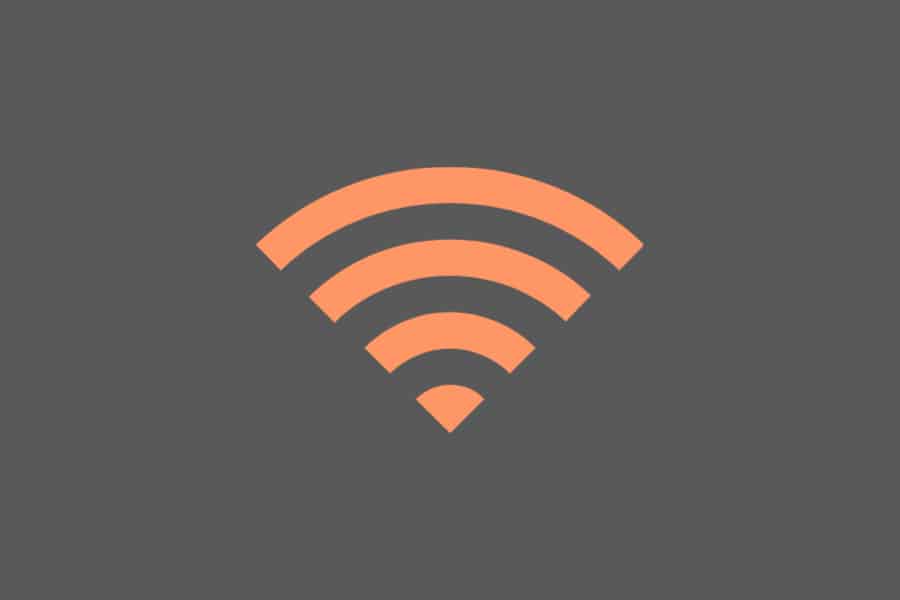Introduction
When pondering over what choice of speaker to purchase, one looks at many features. Some of these are the quality of sound produced, the aesthetics, water-resistant functionality, and other elements that guarantee its durability. However, a critical feature that affects the use of the sound unit is its connectivity feature.
How the speaker connects to a device is very important in determining its use. Connections are possible through various forms, such as USB, NFC, Bluetooth, AUX port, and WiFi. All these forms of links fall under wireless and wired connections.
Why The Move For Wireless Speakers
In more recent times, the vast majority of persons have opted to make purchases of wireless speakers. The reasons are not farfetched. There can be two reasons for this trend, and they are:
Majorly because their portability is enhanced further with its wireless feature. The speaker could be kept at a permissible distance away from the device and still function correctly. The comfort of operating one’s equipment without being inconvenienced by a dangling wired connection is much cherished.
Another reason for this choice is the absence of clusters of wires littered all over the place. Scenes like this could easily make the home look unkempt and untidy even if one has already put in lots of work to keep the home arranged.
Differences between Wireless Bluetooth and WiFi Speakers
Although a wireless speaker can either connect via Bluetooth or WiFi through the touch of a button, there are significant differences between the two types of connections. Considered below are some of the notable differences. They are:
1. Source of Connection
Bluetooth connection: This form of connection connects directly to the device, accessing the media contained in the device memory. Therefore, it invariably means that whatever favorite music one intends to listen to, one ought to have downloaded it. Moreover, if one is a lover of music, downloading all one’s favorite music on a mobile device will get to a point where one’s device runs out of memory space.

WiFi connection: For a WiFi connection, the device is first connected to a WiFi network before it then accesses the media contained in one’s device. Also, through a WiFi connection, one can stream music from online music service providers, this will ease one’s burden of having to worry about memory space getting filled.

2. Multiple Pairing
Bluetooth connection: Because its form of connection is done directly to the device, only a single link is possible. Multiple speakers can not pair with the device.
WiFi connection: On the other hand, since links are via a WiFi network before accessing the device, multiple devices or sound units can be paired to the WiFi network. So there can be an interchangeable play of media easily. Multi-room music play is via a WiFi connection. Furthermore, when some application platforms carry out multi-room music play, they are capable of playing different music from the various speakers simultaneously.
3. Signal Interference
Bluetooth connection: Since the Bluetooth speakers are connected directly to one’s device, any interruption in one’s device’s signal could easily interfere with the music. For example, if during a music play from one’s device that’s connected via Bluetooth to the speaker, an incoming call arrives, the music too will be abruptly put to a pause or stop. Also, background notifications and sounds from apps installed on the device can interfere with music play.
WiFi connection: In the case of a speaker connected via a WiFi network, it is quite tricky for an interruption in
music play to arise because of how the device works. The only possible disruption in play could result from a weak WiFi network signal. Else, through the WiFi connection, music can even be streamed from the cloud while the device is in use for other activities.
4. Data Compression
Bluetooth connection: This form of connection compresses data more than the WiFi connection. In so doing, many vital details and dynamic range of this file is no more due to file reproduction.
WiFi connection: It makes use of data compression so that smaller files can be transmitted quickly. When files compress, details mute. The more this happens, the quality is affected. WiFi connections compress data better than Bluetooth connectivity.
5. Sound Quality
Bluetooth connection: The sound quality, compared to a WiFi-connected sound, is not up to par; this is because as the more data compresses, the more the sound quality is affected. Although, in recent times, Bluetooth technology has a high definition (HD) version, only a few devices are compatible with this new technology.
WiFi connection: Whereas, the mode at which WiFi connectivity compresses its data, the sound quality comes out better than Bluetooth connection. Doing so enables the speakers even to play high-resolution (Hi-Res) files, which are the highest quality audio files available now. Across all media files, WiFi-connected speakers have a better sound quality than Bluetooth speakers.
6. Range
Bluetooth connection: The range offered by this form of connection is another vital difference. Upon its initial creation, the Bluetooth connection transfer files within a short signal range. With the development of advanced Bluetooth technology, the range of Bluetooth speakers has increased to 30ft, 60ft, and even 100ft. Nevertheless, on a general note, they offer a short signal range when compared to WiFi connections.
WiFi connection: The range offered by WiFi connection is usually longer. The field often depends on the strength of the WiFi signal network. Moreover, with a substantial WiFi network range, a perfect distance can be made away from the speaker, and the sound is uninterrupted.
7. Supporting Features
Bluetooth connection: The features offered by a Bluetooth speaker are quite limited. Most of such speakers are only capable of playing music sound directly from one’s device and can do nothing else. For a few others, the best they could do is to utilize the features offered by the speaker’s accompanying app to enhance music play. Moreover, if the speaker has built-in microphones, they are capable of being used to receive phone calls hands-free.
WiFi connection: Regarding a speaker that supports WiFi connectivity, the features offered by such a device are endless. With a wireless WiFi connection, favorite music can be streamed from the cloud or played from one’s device. Music could stream from Spotify, Amazon Music, Apple Music, and other providers.
Other features, such as utilizing a smart speaker’s virtual assistant, are accessible through a WiFi connection. In its absence, such a feature is disabled.
8. Bandwidth
Bluetooth connection: The broadband, which is the maximum rate at which data is transferred, for Bluetooth speakers, is ten times lower than those of WiFi speakers.
WiFi connection: WiFi connection offers an increased bandwidth, which allows more information to be streamed wirelessly throughout one’s home; this enables higher resolution audio files to be streamed across the whole house and results in a more top quality audio output. If the bandwidth links to a pipeline through which information flows, then the WiFi connectivity provides a pipe that’s many times bigger than the size of the Bluetooth channel.
9. Portability
Bluetooth connection: The vast majority of Bluetooth speakers are portable. In the sense that they come along with built-in rechargeable batteries. These batteries’ capacity ensures that they provide an estimated amount of battery life to be used outdoors. So they could be taken along for adventures, pool parties, hiking, and other recreational activities.
WiFi connection: In this case, the vast majority of WiFi speakers require AC power to get them functioning; this means that it can be necessary to plug them directly into the wall before one can make use of them. These do not come along with built-in rechargeable batteries that keep the device powered. Therefore for these WiFi speakers, their portability is reduced.
10. Signal Stability
Bluetooth connection: Another essential attribute that enhances the portability of a Bluetooth speaker is that the connection is stable. It does not quickly fluctuate or disappoint, provided one has not exceeded the supporting range. So one’s music is assured no matter what outdoor event one goes to and where it is.
WiFi connection: It is usually not the best option when considering if it is to be outdoors. When outdoors, the WiFi signal may be weak, out of distance, or fluctuating. Therefore appropriate plans have to be put in place before heading out, ensuring a stable WiFi connection where one reaches.
Conclusion
As various types of wireless speakers continue to come into existence, WiFi connectivity ranks top when compared to the others. The features it offers enhances the music listening experience of all making use of it. While there are also benefits associated with connecting via Bluetooth connection, like portability, WiFi-connected speakers can carry out firmware upgrades, stream music online, provide better sound quality, and so on. So when you need to decide over both, choosing a WiFi speaker is the best choice.

Sam has been a Smart Things expert for years and the author of DIY SmartThings. Recently he’s really more into Nest smart devices and has a lot of experience with all sorts of projects from converting a regular Home to completely a smart home with the background degree in Electronics.
